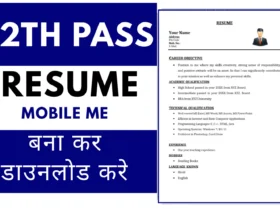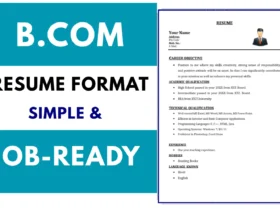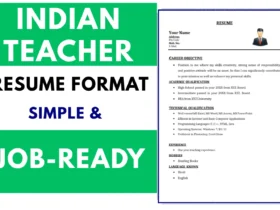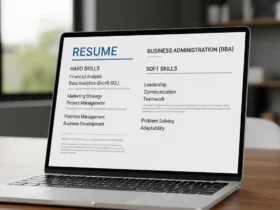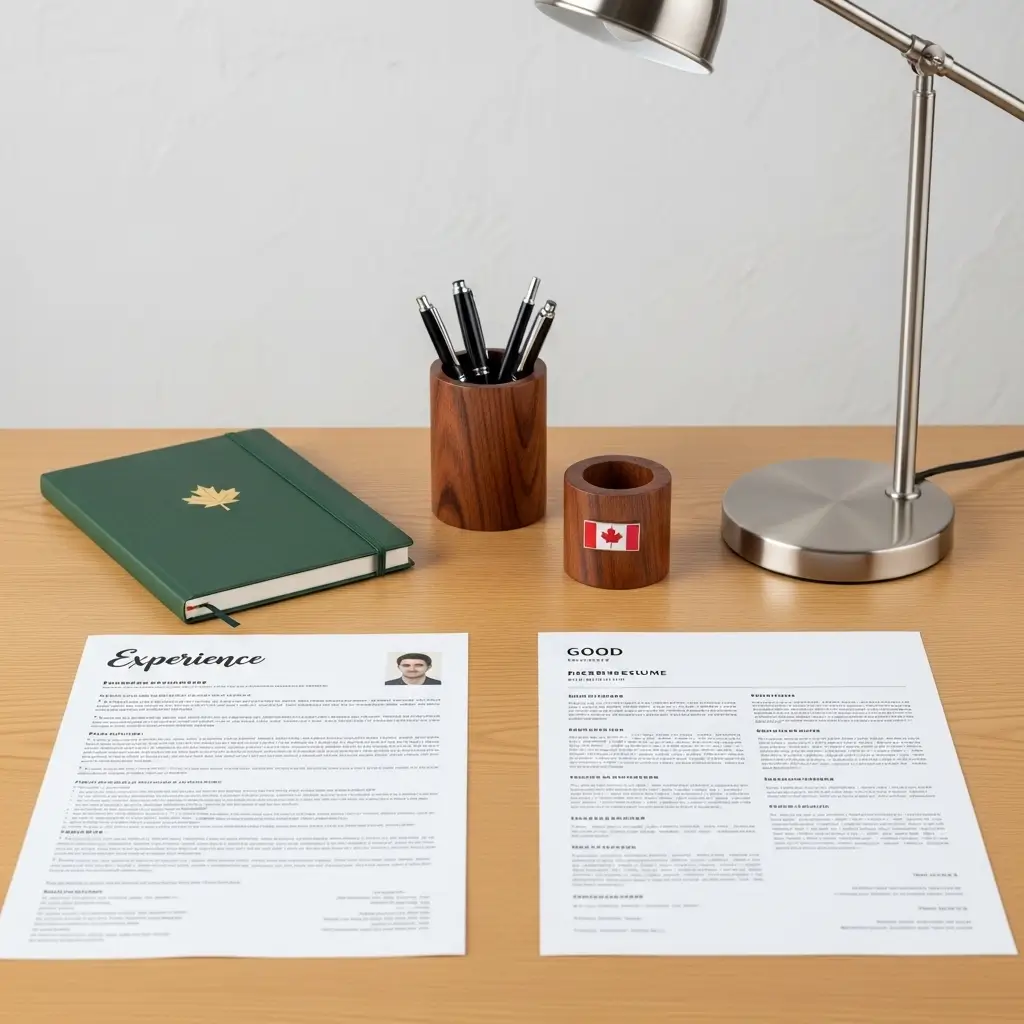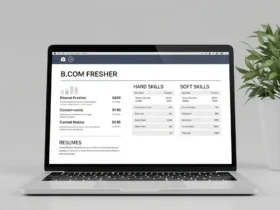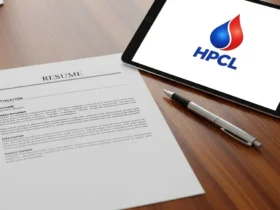For job seekers venturing into the Canadian employment landscape, understanding the nuances of a Canadian resume format is paramount. While many aspects may seem familiar to those accustomed to international job applications, Canada has distinct expectations that can significantly impact your success. A well-crafted resume, tailored to Canadian standards, acts as your professional introduction, showcasing your qualifications and experience in a way that resonates with local recruiters and hiring managers. This guide will walk you through the specifics, helping you present your best professional self and boost your chances of landing that coveted interview.
What Makes a Canadian Resume Stand Out?
The Canadian job application process places a high value on merit and privacy. This translates into several key differences in how resumes are structured and what information they include. Ignoring these distinctions can lead to your application being overlooked, regardless of your qualifications.
No Photos, Age, or Marital Status: Privacy First
Perhaps the most prominent difference from many international resume formats is the strict avoidance of personal identifiers. In Canada, it is standard practice to omit your photograph, date of birth, age, marital status, gender, religion, and even your SIN (Social Insurance Number) from your resume. Recruiters here focus solely on your professional capabilities and experience, adhering to strict anti-discrimination laws. Including such personal details can, ironically, flag your resume as not understanding Canadian hiring customs, potentially hindering your job search Canada efforts.
Conciseness and Clarity: Quality Over Quantity
Canadian recruiters often review numerous applications. They appreciate resumes that are direct, easy to read, and to the point. While there isn’t a rigid page limit, aiming for one to two pages is generally recommended for most professionals. Recent graduates might stick to one page, while those with extensive experience might extend to three. The objective is to convey your value clearly and efficiently, allowing hiring managers to quickly grasp your qualifications without sifting through unnecessary detail. Every piece of information should contribute to demonstrating your fit for the role.
Focus on Skills and Achievements: Quantify Your Impact
Beyond listing responsibilities, a winning Canadian resume highlights your accomplishments and the skills you utilized to achieve them. Employers want to see the tangible results of your work. Instead of merely stating “managed a team,” consider “Led a team of five software developers, increasing project delivery efficiency by 15% through implementing agile methodologies.” Quantifying your impact whenever possible provides concrete evidence of your capabilities and helps hiring managers envision your potential contributions to their organization. This approach effectively showcases how to write a Canadian resume that truly makes an impression.
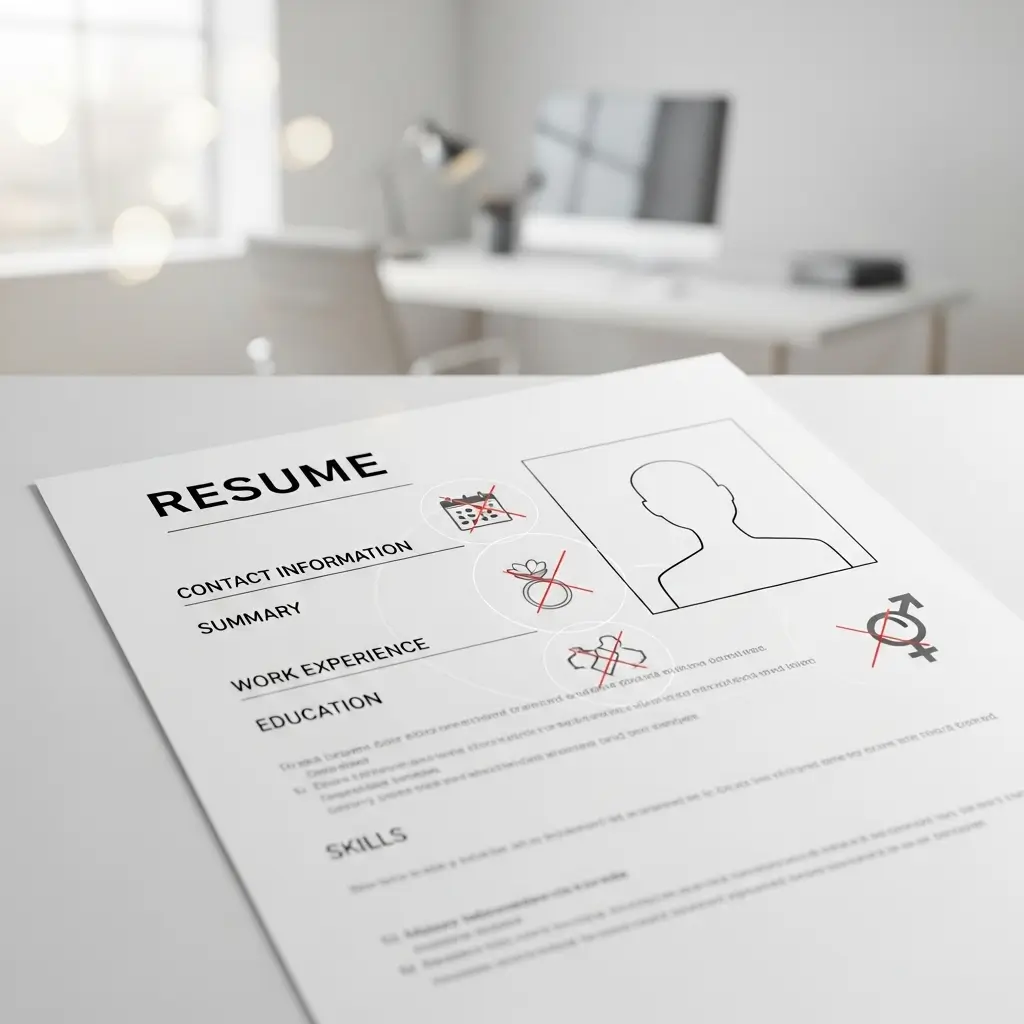
👉 Download Link: [Get Here]
You can:
- Fill it in Adobe or any PDF app
- Print it on clean A4 paper
Structure of a Canadian Resume
A standard Canadian resume follows a logical, organized structure designed for easy navigation. Understanding each section’s purpose and how to optimize it is crucial for an effective Canadian job application.
Contact Information: The Basics
This section, typically at the top of your resume, should be straightforward:
- Your Name: Prominently displayed.
- Phone Number: A local Canadian number is preferable.
- Email Address: A professional-sounding email address.
- LinkedIn Profile URL: (Optional, but highly recommended) Ensure your profile is up-to-date and professional.
- City and Province: Your current location (e.g., “Vancouver, BC” or “Toronto, ON”). A full street address is not usually required.
Professional Summary or Objective: Your Elevator Pitch
Located just below your contact information, this brief paragraph (3-5 sentences) or bulleted list serves as an introduction.
- Professional Summary: Ideal for experienced professionals. It highlights your career achievements, key skills, and the value you bring.
- Career Objective: More suitable for recent graduates or those changing careers. It outlines your career goals and what you hope to achieve in a new role.
Tailor this section to each specific job application, using keywords from the job description to immediately capture the recruiter’s attention.
Work Experience: Showcasing Your Journey
This section is presented in reverse chronological order, starting with your most recent role. For each position, include:
- Job Title: Your official title.
- Company Name: The name of the organization.
- Location: City and Province.
- Dates of Employment: Start and end dates (Month, Year – Month, Year).
Below this, use bullet points to describe your responsibilities and, more importantly, your achievements. Focus on action verbs and quantifiable results. If you have international experience, clearly explain the context and transferability of your skills to the Canadian work culture. Volunteer work or co-op programs are highly valued in Canada and can be included here if relevant, especially for new graduates or those with limited paid experience.
Education: From High School to Higher Ed
List your educational qualifications in reverse chronological order. Include:
- Degree/Diploma/Certificate: (e.g., Bachelor of Arts, Master of Engineering, College Diploma).
- Major/Program: (e.g., Computer Science, Business Administration).
- Institution Name: (e.g., University of Toronto, British Columbia Institute of Technology).
- Location: City and Province.
- Graduation Date or Expected Graduation Date: (Month, Year).
- Relevant Academic Achievements: (e.g., Dean’s List, scholarships, capstone projects).
For those educated internationally, clearly state the Canadian equivalent of your credentials if known, or consider getting an Educational Credential Assessment (ECA) for regulated professions.
Skills Section: Hard and Soft Skills for the Canadian Workplace
This section provides a quick overview of your technical and soft skills. Group them logically for readability:
- Technical Skills: (e.g., Programming languages, software proficiency, data analysis tools, specific machinery operation).
- Language Skills: Specify fluency levels (e.g., English, French – fluent, conversational). Canada is a bilingual country, and French proficiency can be a significant asset, particularly in Quebec or for federal government roles.
- Soft Skills: (e.g., communication, teamwork, problem-solving, adaptability, leadership). These are highly valued in the Canadian work culture, which prioritizes collaboration and interpersonal effectiveness.
Optional Sections: Volunteer Work, Projects, Awards
These sections can strengthen your application, particularly if you have limited paid experience or want to showcase specific talents:
- Volunteer Experience: Highly regarded in Canada, showing community involvement and transferable skills.
- Projects: Relevant personal or academic projects that demonstrate your capabilities.
- Awards and Recognition: Scholarships, industry awards, or internal company recognition.
Crafting Content That Resonates in Canada
Beyond structure, the actual content of your resume must be compelling and culturally appropriate.
Action Verbs and Quantifiable Results: Making Your Achievements Pop
Using strong action verbs at the start of your bullet points makes your achievements more impactful. Words like “Developed,” “Managed,” “Implemented,” “Achieved,” “Designed,” “Analyzed,” and “Coordinated” create a dynamic impression. Pairing these with quantifiable results (e.g., “Increased sales by 20%,” “Reduced costs by $10,000,” “Trained 50 new hires”) provides concrete proof of your contributions. This strategy is central to effective resume tips Canada.
Tailoring Your Resume for Each Application: The ATS Advantage
A generic resume seldom succeeds. Every application should involve customizing your resume to align with the specific job description. This means:
- Keyword Matching: Incorporate keywords from the job posting naturally into your summary, experience, and skills sections. Many Canadian companies use Applicant Tracking Systems (ATS) to filter resumes, and keyword matching is crucial for getting past this initial screening. An ATS friendly resume Canada is one that speaks the language of the job description.
- Relevance: Focus on experiences and skills most relevant to the role, even if it means reordering or rephrasing bullet points.
- Research: Understand the company’s mission and values, and subtly reflect this understanding in your resume’s language and focus.
Using Canadian English Spelling and Grammar: Proofreading Pays Off
Ensure your resume uses Canadian English spelling (e.g., “colour” instead of “color,” “centre” instead of “center,” “analyse” instead of “analyze”). While minor, these details demonstrate attention to detail and a commitment to local standards. Meticulous proofreading for any grammatical errors or typos is non-negotiable. A flawless resume reflects professionalism and thoroughness.
The Cover Letter: Your Canadian Introduction
Alongside your resume, a compelling cover letter Canada is often a deciding factor in securing an interview. It’s not merely a formality but an opportunity to introduce yourself, explain your interest, and expand on how your skills align with the role.
Why It Matters: More Than Just a Formality
A cover letter allows you to tell a brief story that your resume cannot. It demonstrates your communication skills, your genuine interest in the specific company and role, and your understanding of their needs. This personalized approach can set you apart in a competitive job search Canada.
Key Elements: Customization and Professionalism
Your cover letter should be:
- Addressed to a Specific Person: Whenever possible, research the hiring manager’s name and address the letter directly to them.
- Customized: Avoid generic templates. Explain why you are interested in this specific company and this specific role, drawing connections between your experience and their requirements.
- Concise: Typically one page, divided into three to four paragraphs.
- Professional Tone: Maintain a formal yet engaging tone, showcasing your enthusiasm without being overly casual.
Beyond the Resume: Canadian Job Search Strategies
Your resume and cover letter are powerful tools, but they are part of a broader strategy for navigating the Canadian job market.
Networking: Building Connections in Canada
Networking is incredibly important in Canada. Many opportunities are found through connections. Attend industry events, join professional associations, and leverage platforms like LinkedIn to build relationships. Informational interviews, where you learn about an industry or role from someone working in it, are a common and highly effective way to expand your network and gain insights.
References: When and How to Provide Them
Unlike some countries, references are never included directly on your resume in Canada. The standard practice is to state “References available upon request” at the bottom of your resume. Only provide a separate list of references (typically 2-3 professional contacts) when specifically asked for them by a potential employer, usually after an interview. Ensure your references are aware and have agreed to speak on your behalf.
Understanding Canadian Work Culture: Politeness, Collaboration, and Diversity
Canadian work culture generally values politeness, respect, collaboration, and a strong work-life balance. Diversity and inclusion are also highly prioritized. Demonstrating these values in your communication and approach, even through your resume and cover letter, can make a positive impression. Highlighting experience working in diverse teams or contributing to inclusive environments can be beneficial.
Final Polish: Before You Click “Send”
The last steps before submitting your application are just as crucial as the writing itself.
Proofreading: Catching Every Typo
Read your resume aloud. Ask a trusted friend or mentor to review it. Use grammar and spell-checking tools. A single typo can undermine your professionalism and attention to detail. This final review is a critical part of resume tips Canada.
Formatting: Clean, Professional, and Easy to Read
Ensure your resume has:
- Consistent Formatting: Use one font style (e.g., Arial, Calibri, Times New Roman) and consistent heading sizes.
- Adequate White Space: Don’t overcrowd the page. White space makes your resume easier to read.
- Clear Headings: Use H2s or bolded text for sections to guide the reader’s eye.
Saving Your Resume: PDF is Preferred
Always save and submit your resume as a PDF file unless the job posting explicitly requests a different format. PDF preserves your formatting across different systems and devices, ensuring your resume looks exactly as you intended. This also applies to your cover letter Canada.
Conclusion:
Crafting an effective Canadian resume format is more than just filling in details; it’s about understanding and adhering to local professional norms. By focusing on privacy, conciseness, quantifiable achievements, and tailoring your application to each role, you present yourself as a knowledgeable and capable candidate. Combine this with a strong cover letter, proactive networking, and an understanding of Canadian work culture, and you will be well-equipped for a successful job search in Canada, opening doors to exciting career opportunities.

